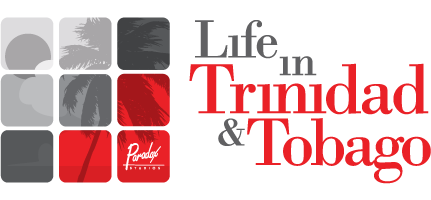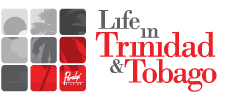The Coat of Arms
Inception
The National Coat of Arms of Trinidad and Tobago is composed of iconic symbols that represent the storied history of the nation. It was designed and adopted in 1962 along with other national emblems in commemoration of the country gaining its independence from Great Britain. The committee that conceptualised and approved the design comprised such notable members as Carlisle Chang and George Bailey.
Design
The concept of a coat of arms, or heraldry in general, harkens back to ancient times. Heraldry is an antiquated, yet still employed, practice of assigning a composite of emblematic images to a particular tribe, army, family, nation, or individual. This specific badge is known as a bearing and is used to distinguish individuals or groups through their lineages or allegiances.
In ancient times, these designations varied widely and lacked consistent themes. It was only in the Middle Ages when the design began taking on the familiar characteristics that became fixtures and have endured to this day.
The T&T coat of arms bears similarities to the designs of these ancient bearings as seen in its composition.
Symbols Depicted and their Meanings
An escutcheon is a depiction of a shield used in heraldic insignias. Its style is based on actual shields used in combat and therefore was a prominent fixture on most crests back when wars were decidedly more ubiquitous. While the shape of the escutcheon may vary depending on the popularity of the shield type in the regions, the outline is always placed as the focal point, with the other symbols positioned in relation. T&T’s coat of arms’ escutcheon has the common chevron, an inverted V-shape, as its distinctive element.
Atop the escutcheon rests a golden helmet facing front, representing Queen Elizabeth II, who was the ruler of the colony at the time. Above the helmet, the red lined with ermine mantle (derived from the Queen from the College of Heralds), holds a palm tree upon a ship’s steering wheel in place. The palm tree proper (so called because it is coloured as it would be in nature) was an existing motif on the Great Seals of British Colonial Tobago, and thus readily integrated into the new unifying design. The palm tree was also decreed to always be depicted as infloriate, meaning “fruitful or bearing”. The gold ship’s steering wheel embodies the two islands’ histories of being discovered and settled by sea-voyagers.
The shield itself is coloured in red, white, and black, akin to the National Flag of Trinidad and Tobago. Detailed on the shield, two hummingbirds are depicted above the chevron and three ships depicted below. Trinidad is known for having over fifteen species of hummingbirds, which the Amerindians called “Yerette”. It is widely believed that the Amerindians’ name for Trinidad, “Iere” or “Kairi” means “Land of the Hummingbird”, however that is a misconception. The terms simply meant “island”. Nevertheless, this does not detract from Trinidad’s reputation as a prime hummingbird viewing locale due to the variety of species that inhabit the island. The three ships are representations of the Santa Maria, La Pinta, and La Nina, the three ships that Christopher Columbus used on his journeys to the “new” world.
Supporting the shield on either side, the two birds portrayed are the Scarlet Ibis on the left and the Cocrico on the right. The Scarlet Ibis is the National Bird of Trinidad and the Cocrico is the National Bird of Tobago. Beneath the Scarlet Ibis, three peaks symbolically rise out of the water. Apocryphally, Columbus’ crew spotted the Trinity Hills rising in south-east Trinidad from the waters of the since named Columbus Channel, and decided to name the country after the Holy Trinity, hence Trinidad. Just like the palm tree, the three hills had been a recurring feature on British Colonial Seals and thus incorporated into the new design. The land beneath the Cocrico is representative of Tobago.
Most fittingly, the symbols on the coat of arms artfully float above a depiction of oceanic waves. Not only are we a nation comprised of islands, but the sea is of paramount importance in our history, culture, and ways of life.
Strategically positioned beneath the entire crest, our National Motto “Together We Aspire Together We Achieve” beautifully encapsulates the overall spirit of unity the national emblem itself was designed to promote.
National Coat of Arms Usage
The Coat of Arms is a standard feature on T&T’s money, appearing on all denominations of bills. All governmental agencies are legally required to use the official Coat of Arms on all branding and communications in order to ensure consistency and authenticity of the national image. If any agency is found in breach of stipulations of use or using an inaccurate version of the crest, they will be held accountable. Full guidelines for the accurate use and depiction of the T&T National Coat of Arms can be found here.


